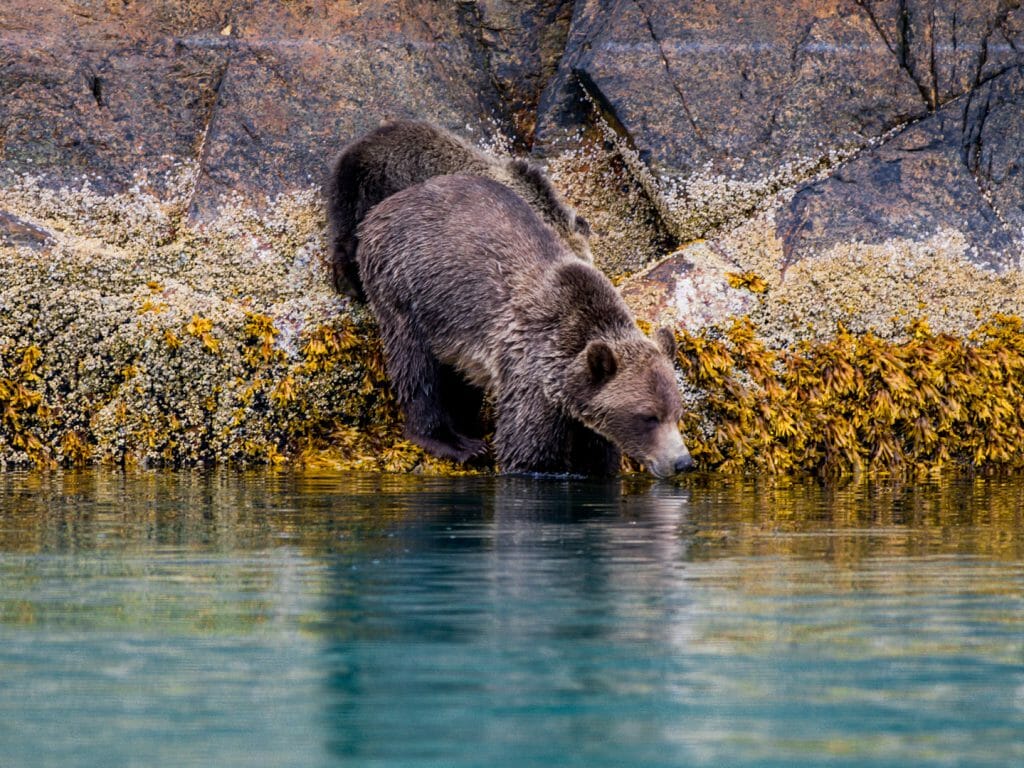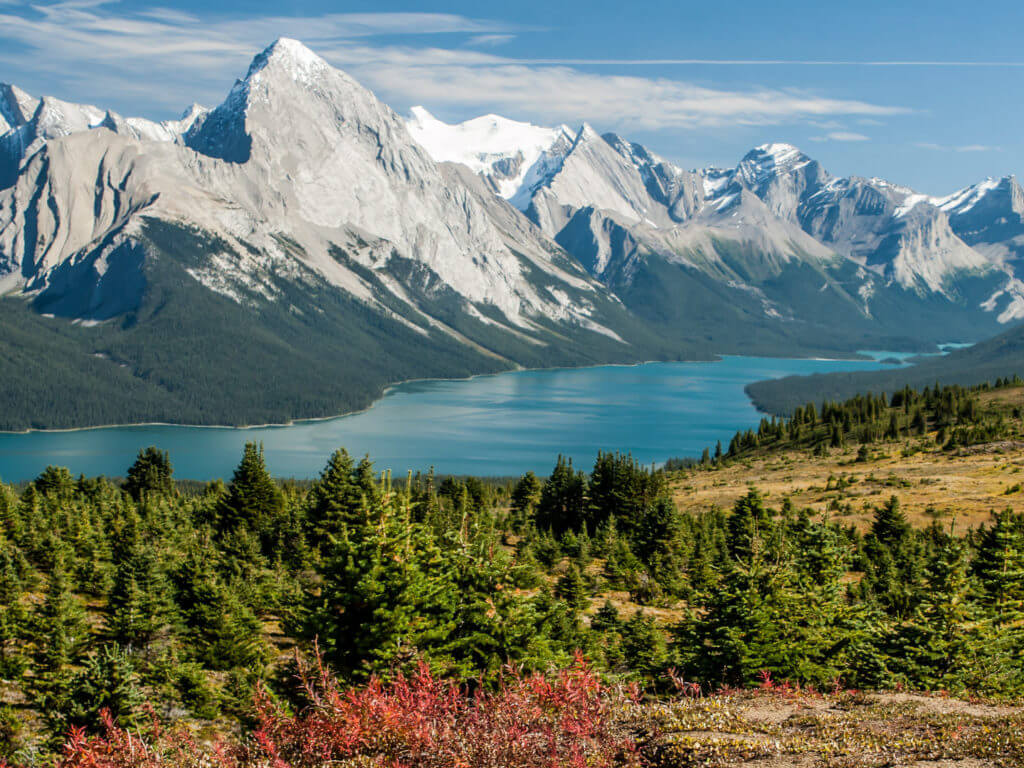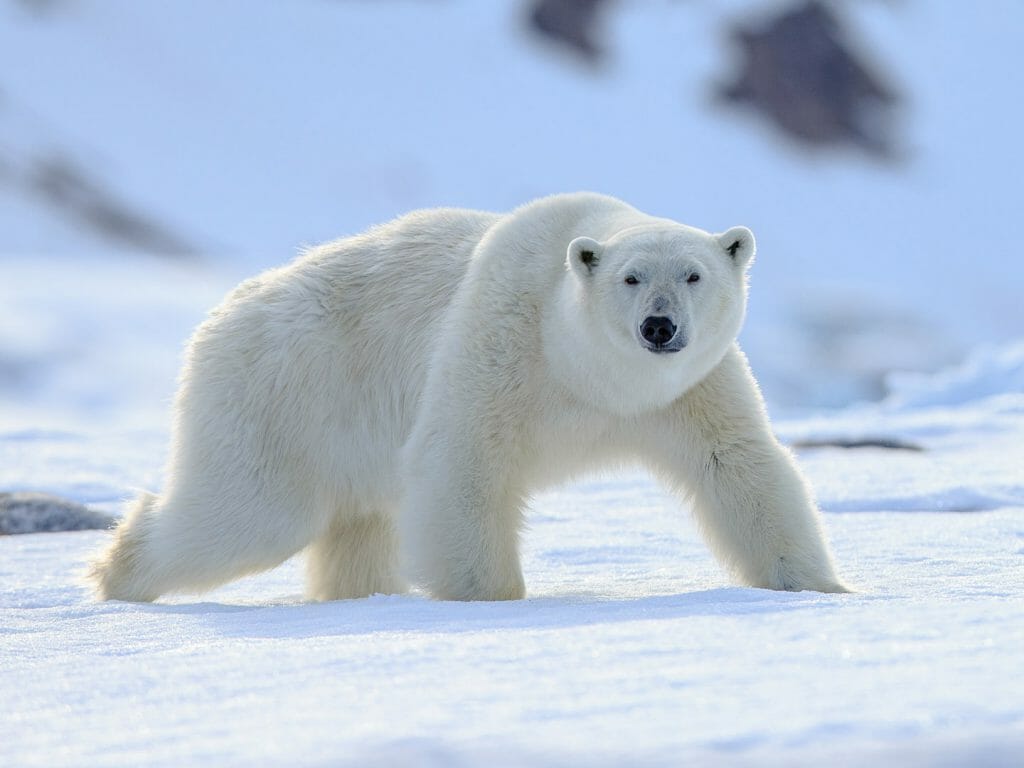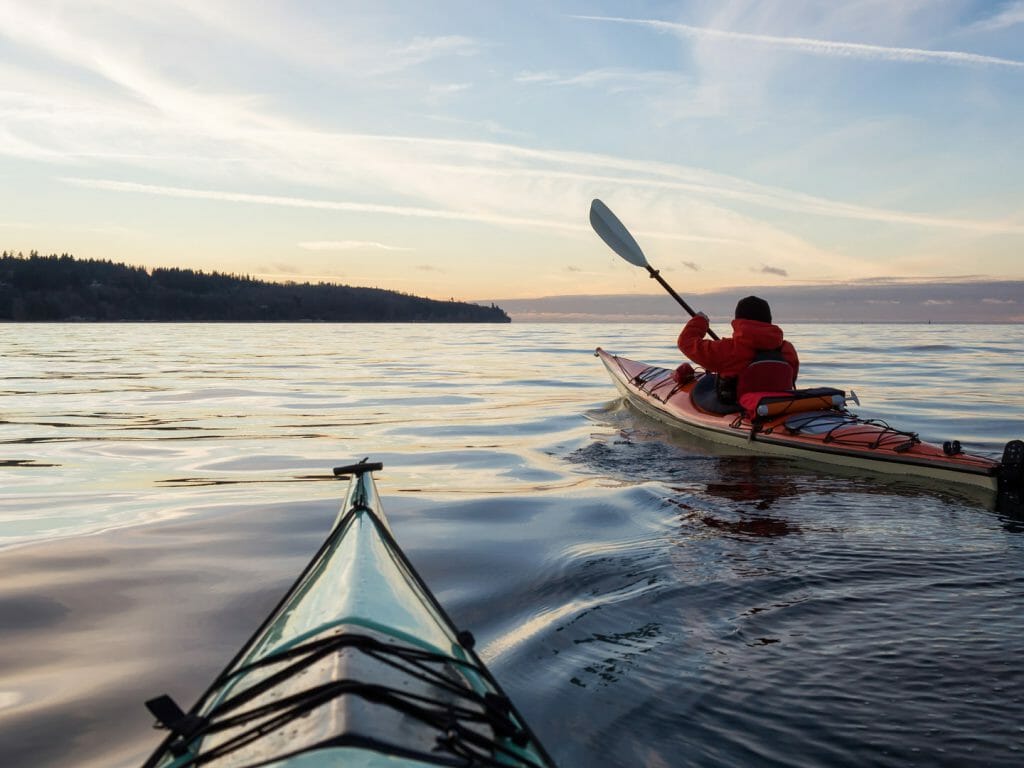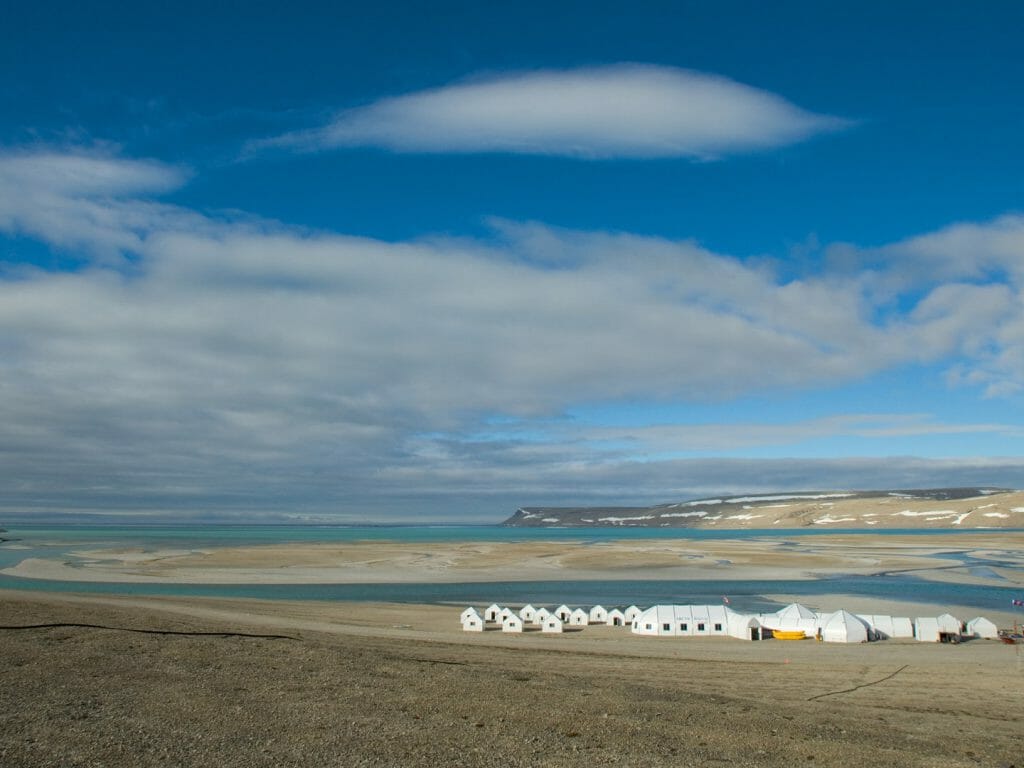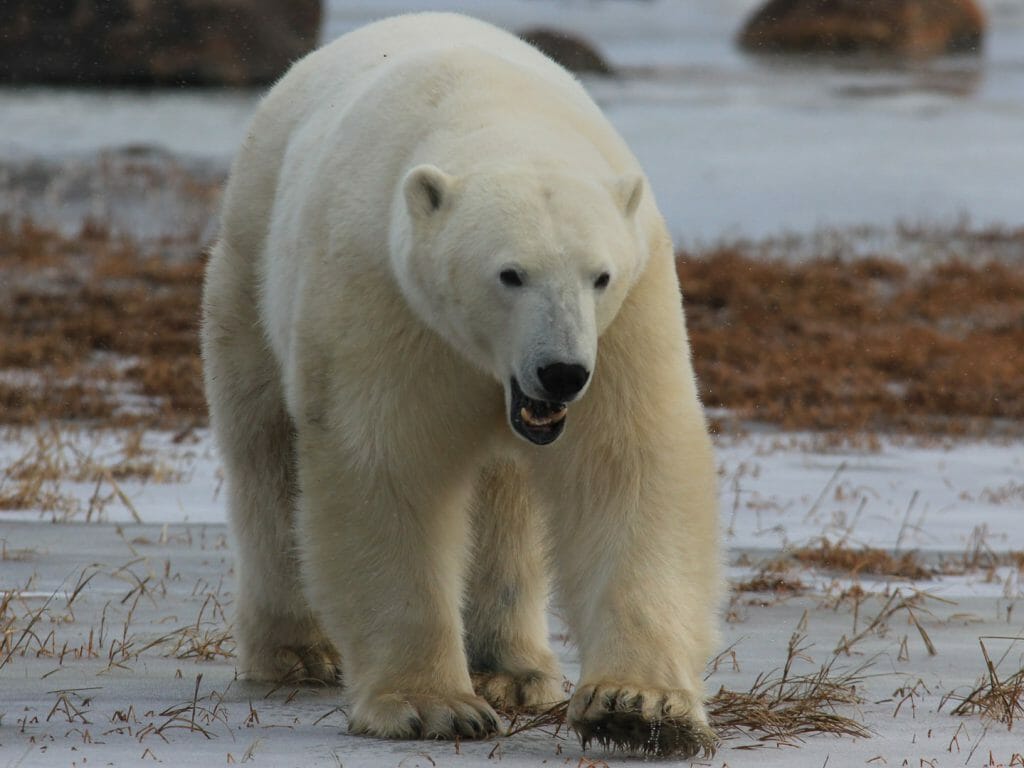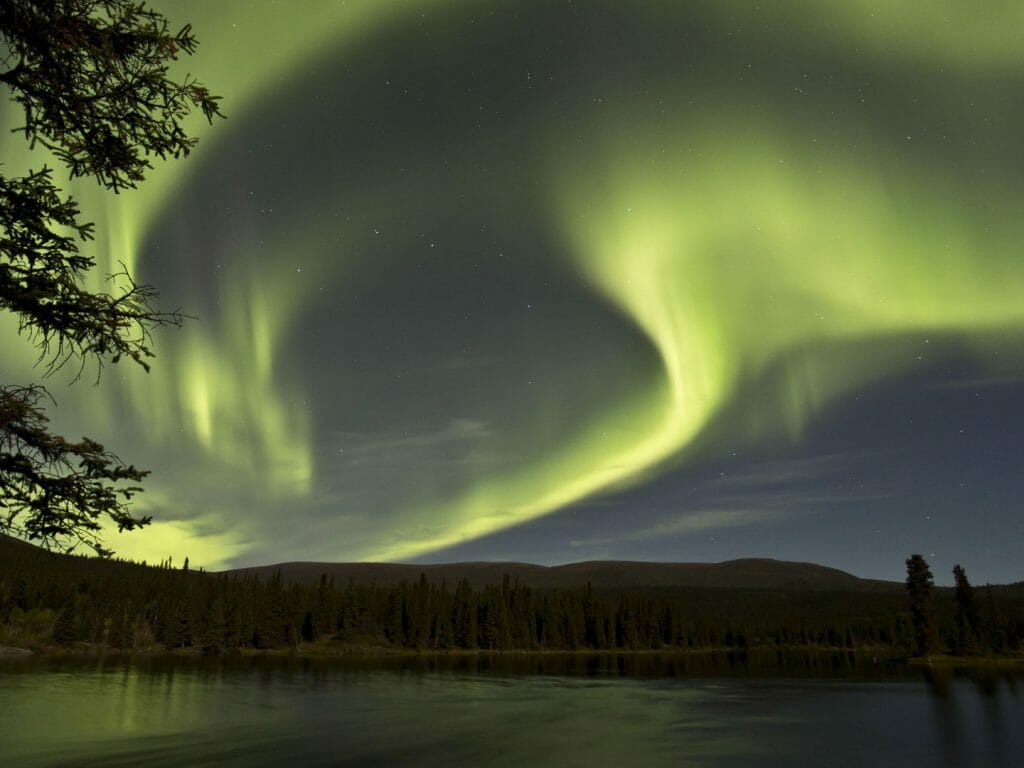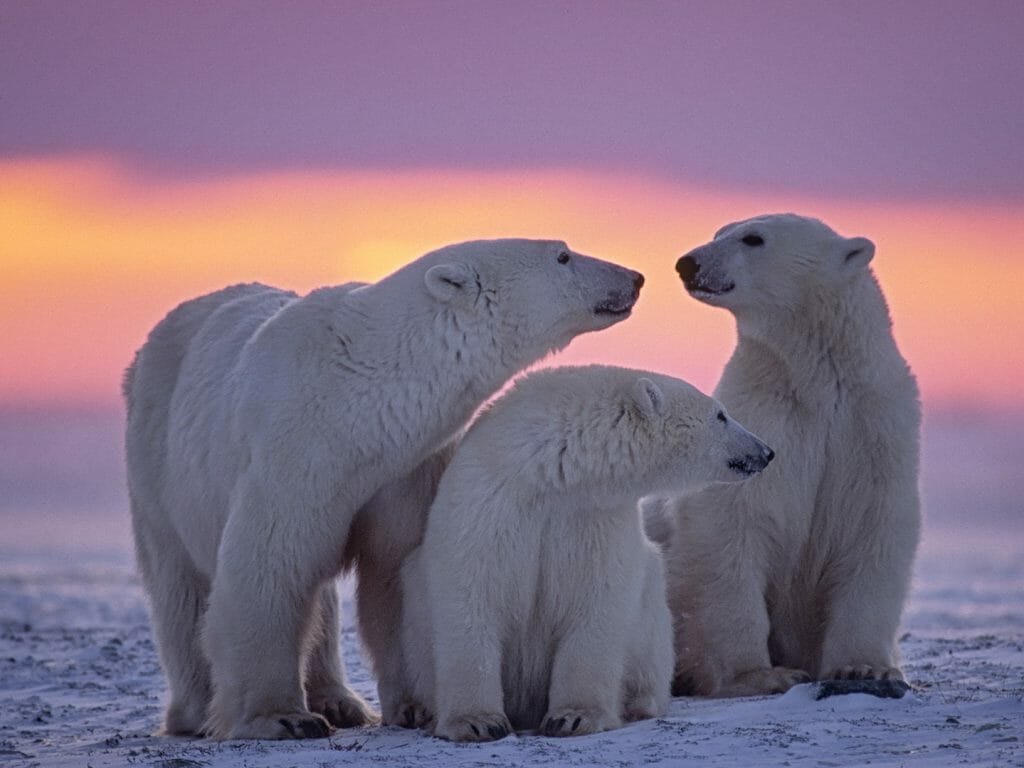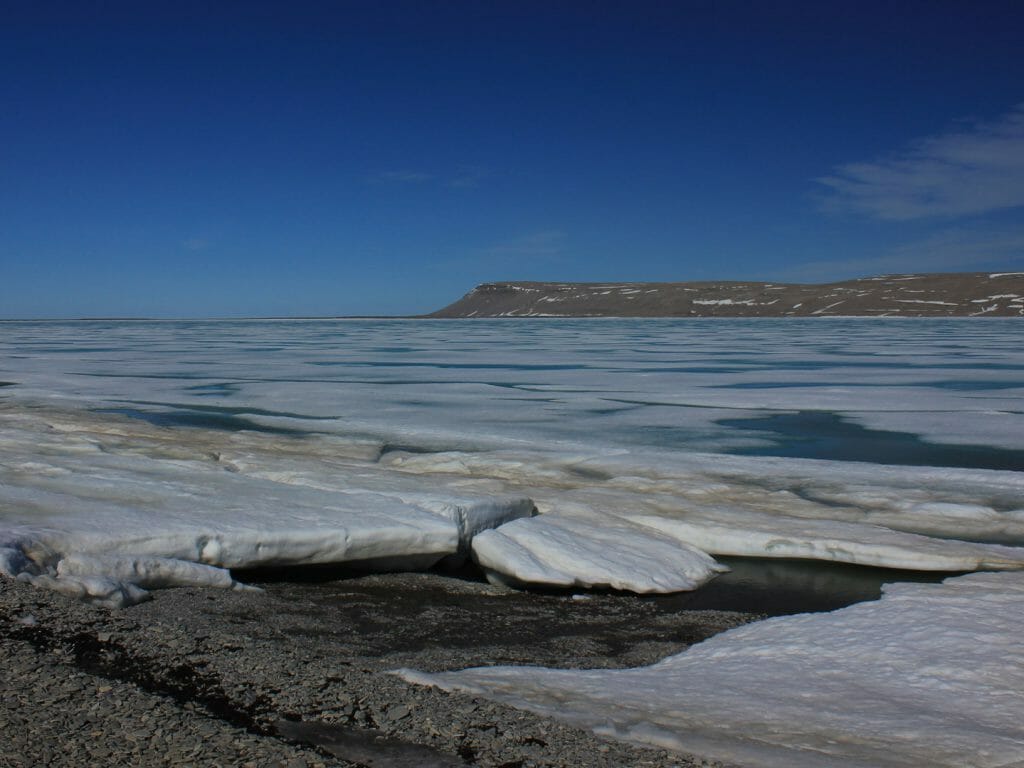“If you could find us a bear and cub that would be really fantastic,” I said casually to our skipper, Alan, stepping on to the boat.
We set off on a beautiful May day from the mouth of the Bedwell River, the location of Clayoquot Wilderness Resort on the British Columbian coast, in search of wildlife. Any wildlife. May is considered early for bear viewing. The prime months are in the autumn when the bears come in high numbers down to the rivers to feast on salmon, a final feeding hurrah before hibernation. Yet May is an equally thrilling time to view bears. They are only recently out of hibernation and have to come down to the beaches to forage for food. Some will have cubs afoot, if they survived the winter, or even managed gestation. Incredibly, the bears mate in the autumn but have something called delayed implantation where the fertilised eggs will not implant unless the mother has sufficient body fat and nutrients to grow, birth and nurse her cub(s) during hibernation.
We motored away, with dramatic scenery all around us. The steep cliffs thick with pine and alder trees met the sound of water hundreds of metres below. It was low tide. “The beaches are where you see them at this time of year,” Alan explained. “Turning over rocks looking for cockles and crabs.”
We scanned the shoreline furiously, trying to adjust our eyes to the light, the reflections, the shadows. Every dark mound on the shore made us gasp and point, only to discover it was just another rock. We navigated the waterways the sun on our faces, bald eagles flying overhead. Then Alan pointed, and we made for the beach on the far side. After a few minutes he shook his head and changed course.
We slowed as we passed a salmon farm. There are many of them in the area and a problem. The salmon farms are often the topic for debate. There is a dilemma in British Columbia between needing to feed a growing population and the impact the farms have on wild salmon. Salmon farms, however, do make for great sunbeds for the Steller’s sea lions. We watched a large colony lolling about grunting and barking. A fairly amusing disagreement broke out between two males who were fighting over the remaining space and took it in turns to push one another off.
We continued our journey. Alan had one last location in mind and as we neared shore we saw a black mass mooching about. An excited squeal. There on the beach was a black bear and her cub. A warm smile came over Alan who clearly delighted in the sighting as much as we did. “It never gets old” he said.
He cut the engines and we drifted gently along the shoreline watching the wonderful pair digging about the beach in search of whatever they could find. They were not in the least concerned about our presence and the female continued to teach her small cub (just a few months old) how to turn the rocks. The small bear copied her every move. They were completely synchronised. Bottoms up. Bottoms down. We remained a respectful distance, but we were close enough to hear the cracking of the crabs, the tearing of skin and the clacking of rocks as they dug about. Their black glossy coats shone in the sunlight, a striking contrast to the luminous green seaweed that clung to the boulders they turned.
We stayed with them for nearly an hour before the small cub, tired from the morning’s lesson retreated to the treeline and out of sight. The mother rolled her last rock and with a soft call to her cub, she too retreated to the cool of the forest. The show was over. I glanced at Alan, thrilled. “There you go” he said, “that was your bear and cub”.


